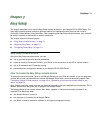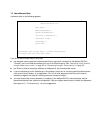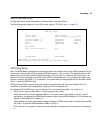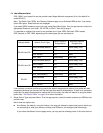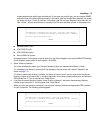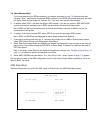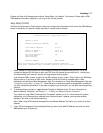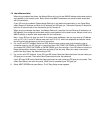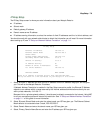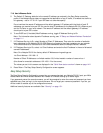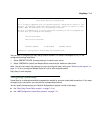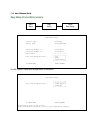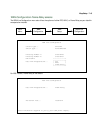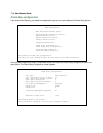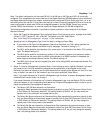7-8 User’s Reference Guide
When using numbered interfaces, the Netopia Router will use its local WAN IP address and subnet mask to
send packets to the remote router. Both routers have WAN IP addresses and subnet masks associated
with the connection.
If your ISP uses Unnumbered (System-based Routing) or your datalink encapsulation is not Frame Relay,
select Remote IP Address and enter the IP address your ISP gave you. Then select Remote IP Mask and
enter the IP subnet mask of the remote site you will connect to.
When using unnumbered interfaces, the Netopia Router will use either its local Ethernet IP address or its
NAT address (if so configured) and subnet mask to send packets to the remote router. Neither router has a
WAN IP address or subnet mask associated with this connection.
Note: If your ISP has not given you their IP or subnet mask addresses, then you may enter an IP address
such as 127.0.0.2, and an IP subnet mask such as 255.0.0.0. which are acceptable as defaults values,
and will typically be assigned at the time of connection.
4. For circuits with PPP enabled: Select the PPP Authentication pop-up menu and choose the type of
connection security your ISP told you to use (either None, PAP, CHAP, PAP-TOKEN, or CACHE-TOKEN). If
you choose PAP, CHAP, PAP-TOKEN, or CACHE-TOKEN, go to the next step. If your ISP does not use any of
these authentication methods, choose None and skip to the last step. When you create a connection
profile from Easy Setup, the default setting is PAP.
5. For circuits with PPP enabled: If your ISP uses PAP, select Send User Name and enter the user name your
ISP gave you to connect. Then select Send Password and enter the password.
If your ISP uses CHAP, select Send Host Name and enter the user name your ISP gave you to connect. Then
select Send Secret and enter the secret (CHAP term for password) your ISP gave you.
6. Select NEXT SCREEN and press Return. The IP Easy Setup screen appears.




